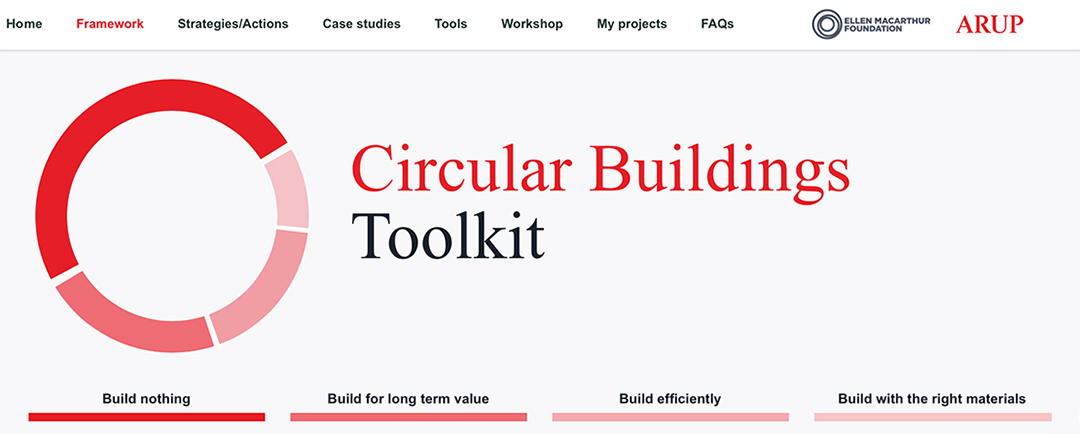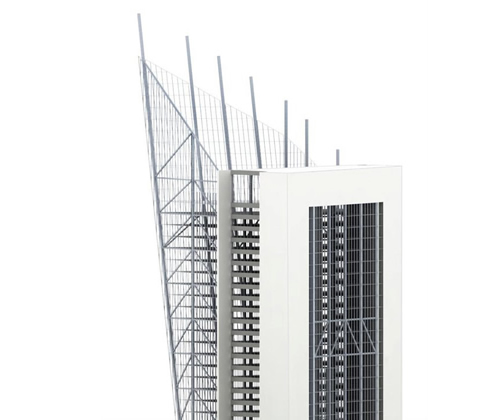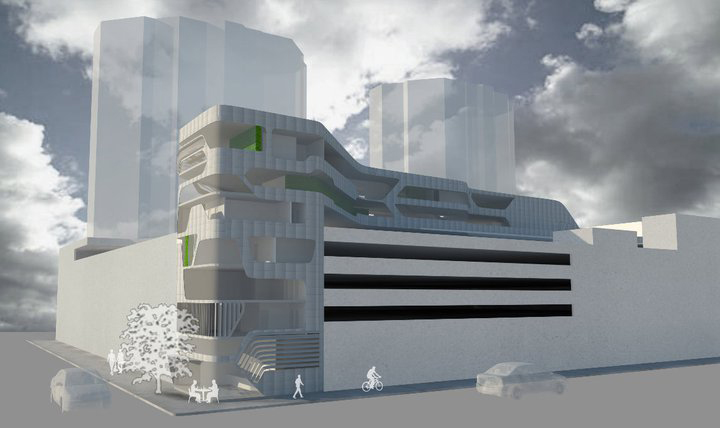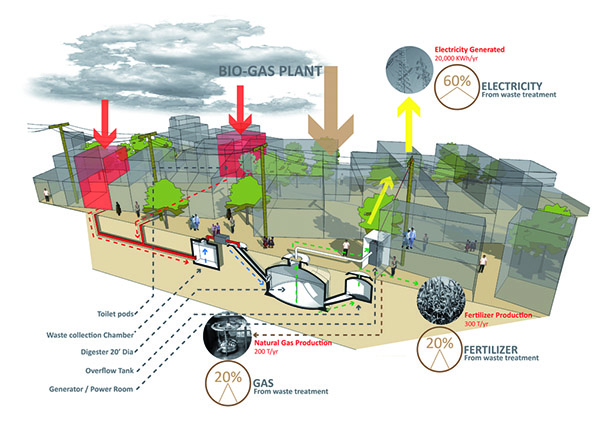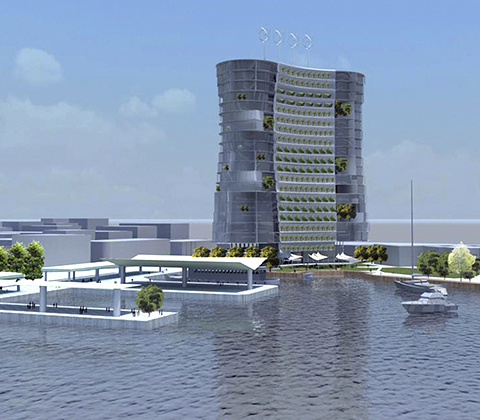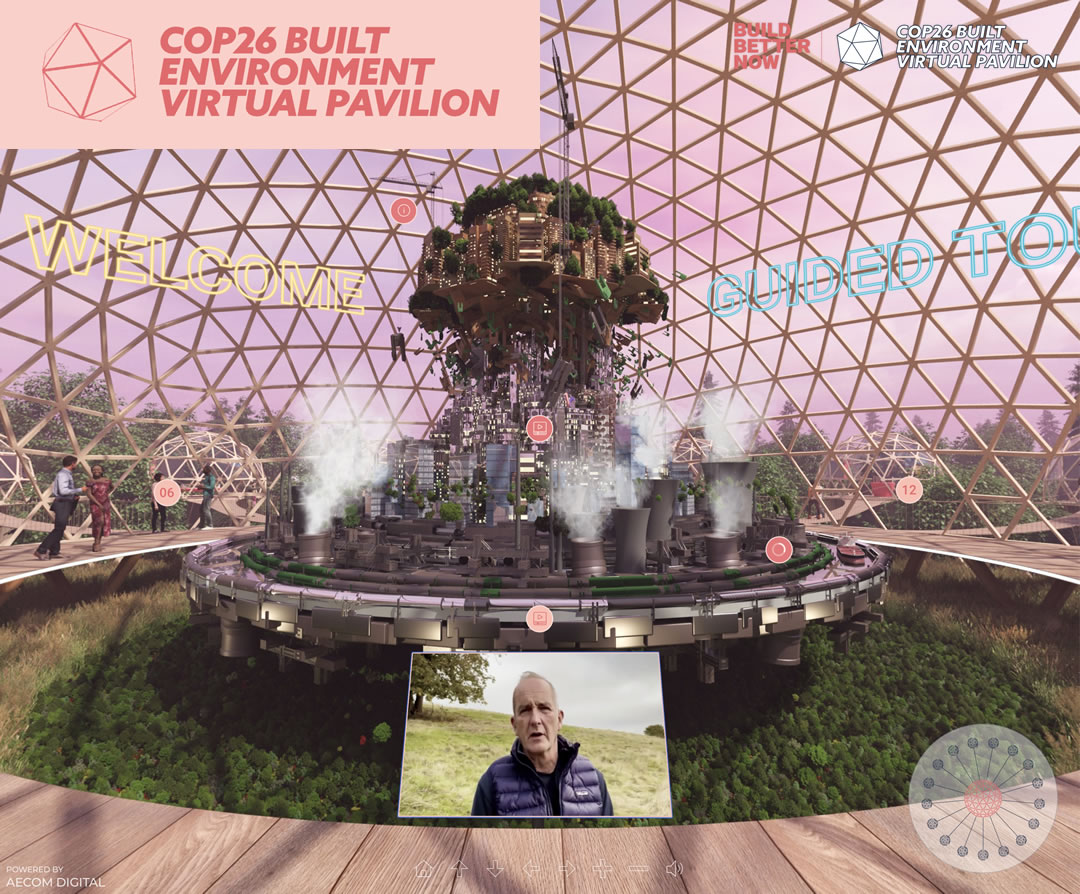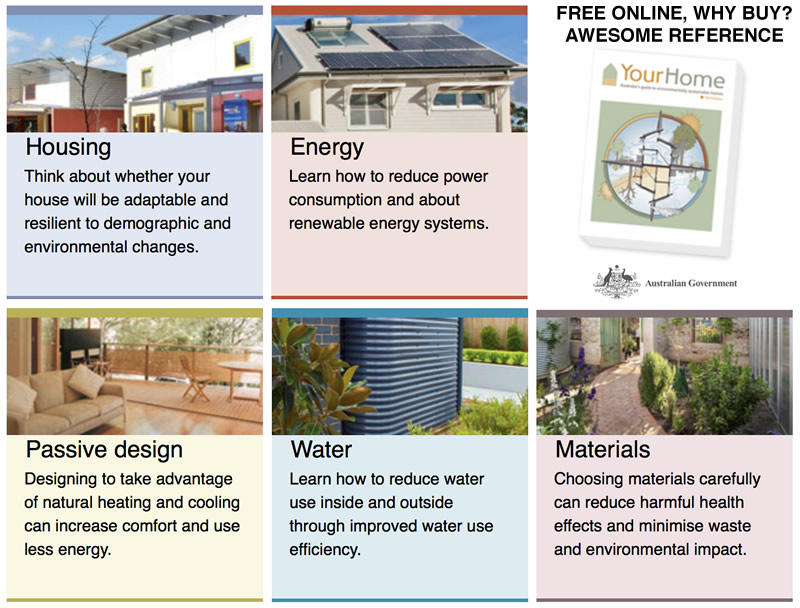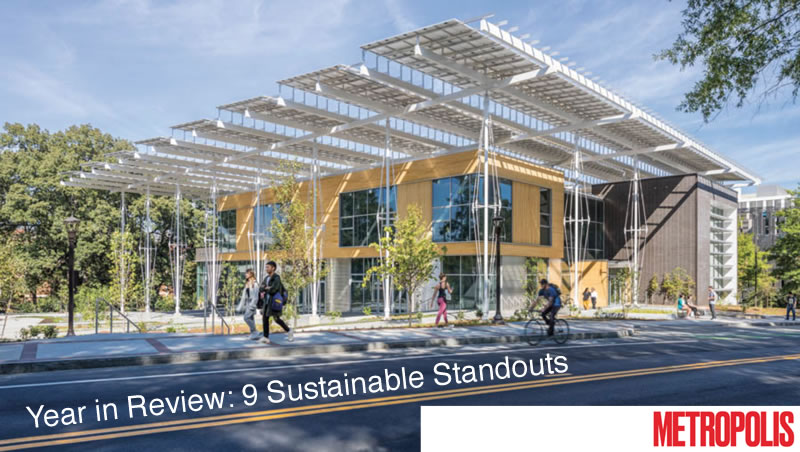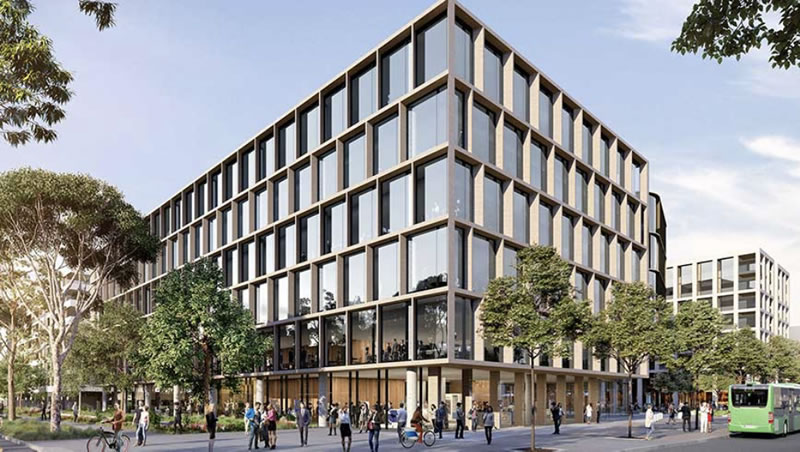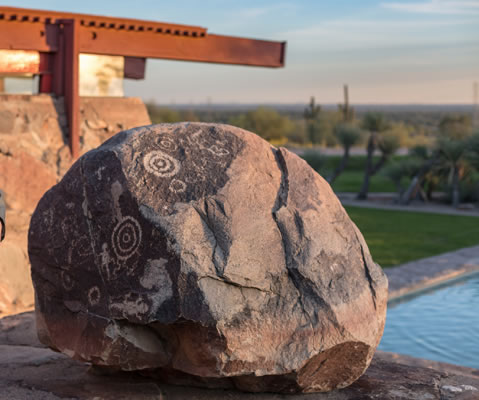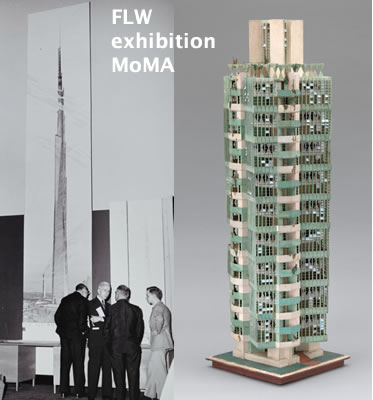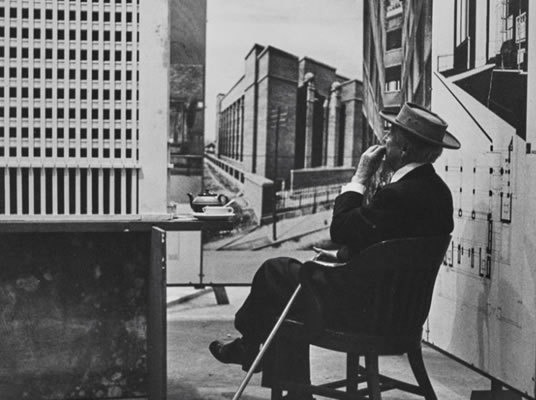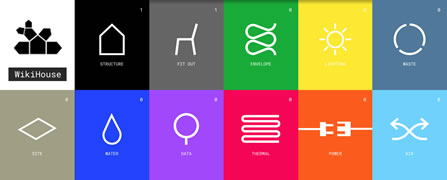
Architecture
Responsible
Architecture | Building Design
Challenges : Sustainable Architecture
Evidence abounds that population growth and associated development are radically affecting the ecological balance of our planet. Buildings contribute substantially to the depletion of our planet’s resources and the reduction of quality of our environment. For example, the largest proportion of the total greenhouse gas emissions arising from fossil fuel combustion in Australia are attributable to energy consumption for manufacture of building materials plus the heating and cooling in buildings.
Built Environment references http://ow.ly/Y98a30bU8Sy
Architecture is well placed to influence the built environment through applications of energy efficient and responsible design principles. By combining efforts with the construction industry, urban and landscape planners, and related research communities, opportunities exist to develop and harness processes and materials which will significantly reduce impacts on the environment.
Practical strategies for reducing greenhouse gas emissions include comparing materials and components, construction systems and products, energy/water saving features and devices, and includes industry strategies applicable to various building life cycle phases.
Solutions : Responsible Built Environment
Whilst the larger issues of pollution and energy consumption of industry and agribusiness are more challenging to address, simple actions in our homes can assist with reduced energy consumption, such as installing pelmets to windows over heavy curtains, draft excluders to external doors, insulation in the roof space, and use of energy and water saving devices are a good start to changing our resources consumption habits plus systematically update and revise current best green practice. (whilst generally correct, some text is due for revision). Architects Declare have been invited to contibute, https://au.architectsdeclare.com
Global 15 March 2022 Bonus, Free. Learn more about circular buildings… ARUP Circular Buildings Toolkit online NOW. With EMF great reference.
Strategies & Solutions
Passive Design Strategies
Passive design is about taking advantage of natural energy flows to maintain thermal comfort. This can be placement of the building to harness the sun’s warmth in winter and catching the cooling breezes during summer, sheltering it from driven rain and buffeting winds. It is also about using the appropriate building materials for the location and landscaping. http://www.climatechange.gov.au/climate-change/adapting-climate-change/climate-adaptation-outlook
Life Cycle Strategies
Every product goes through a series of stages, know as its life cycle. These stages generally include material extraction, manufacture of product, packaging and distribution, product use, and disposal of the product. By designing for adaptability and extended use, disassembly, recyclability, and standardisation of components, designers can minimise impact on the built environment.
Ecologically Sustainable Development http://www.environment.gov.au/node/13029
Environmental Impact and Whole of Life Cost http://projects.bre.co.uk/condiv/tool/default.html
Selection of materials used in the design of buildings can make a significant impact on reducing greenhouse gas emission by choosing environmentally preferable products. EcoSpecifier is a database set up to help architects, designers, builders and specifiers shortcut the materials sourcing process. Ecospecifier is a joint initiative of the Centre for Design at RMIT, EcoRecycle Victoria and the Society for Responsible Design. www.ecospecifier.com.au
USA reference : A developing resource with case histories, links and materials catalogue. www.greenbuildingpages.com/main.html
Further topics include: Technological Strategies, Renewable Energy/Co-generation, Energy smart appliances, Lighting technologies, Water technologies of conservation and reuse, Integrated Heating/Cooling Systems.
Thanks to Ingrid Pearson and Josephine Vaughan for their original contributions for above (06dec2010) and later editors and researchers for the balance.
Assessing green design
Australian Institute of Architects (AIA) on sustainability www.architecture.com.au/architecture/national/sustainability
AIA Sustainable Design Strategies www.aia.org/landing-pages/6423877-sustainability
The Australian Life Cycle Assessment Society www.alcas.asn.au
Awards for Sustainable Construction www.lafargeholcim-foundation.org/Awards
the Rocky Mountain Institute is catalyzing massive market growth for buildings that are more productive, valuable, healthy, and safe for the people who occupy them, society, and the planet. USA www.rmi.org/our-work/buildings
EXHIBITION NOW LIVE AND ONLINE Nov 2021
Explore an immersive virtual reality exhibition to discover international projects offering solutions to the climate crisis. Accessible globally from a laptop, tablet or mobile device, this exhibition invites everyone to learn about innovative and sustainable ideas for buildings, cities and infrastructure that are having a positive impact on people’s lives. Visit the Exhibition here virtualpavilion.co
The ‘COP26 Built Environment Virtual Pavilion shows global projects that offered replicable solutions to the climate crisis. These projects, along with a centrepiece installation, are on display Live in the Build Better Now exhibition. An international selection committee brought a worldview to the exhibition, advising of the sustainability standards in different countries and the challenges projects in different areas might face. buildbetternow.co/exhibition/
Your Home : excellent articles on intelligent and efficient building that’s all Free Online, Why Buy? Yes, all the info is online! Recently updated…
An absolutely awesome reference by competent and respected Aussie authors. All the important topics, lots of ideas, clever case studies, seriously sensible sustainability subjects, lots of detail and all fabulously Free online. Check it out and share the good news… web yourhome.gov.au :: Australia focus with Global relevance.
Housing: Think about whether your home will be adaptable and resilient to demographic and environmental changes. Energy: Learn how to reduce power consumption and about renewable energy systems (note: all Fossil fuel “natural gas” is full of Methane, a highly reactive greenhouse gas and it is definitely NOT a transition fuel) Passive Design: Designing to take advantage of natural heating and cooling can increase comfort and use less energy. Water: Learn how to reduce Water use inside and outside through improved water use efficiency. Materials: Choosing material carefully can significantly reduce harmful health effects and minimise waste and environmental impact.
Year in Review: 9 Sustainable Standouts,
This story from Metropolis shows great direction that needs adaption and adoption of the principles across all of the built environment. Such focus on only major projects is also in part a smokescreen for all the greenovation work well overdue for most existing buildings both residential and commercial. metropolismag.com/sustainability/year-in-review-sustainable-standouts/
Canberra’s 1st carbon Neutral building by Doma developers for Dickson,
This story from One Step off the Grid shows that such a good challenge by responsible government is possible. Combining smart use of renewable energy powered water chillers to achieve the desir3ed seasonal results. Read it all here… https://onestepoffthegrid.com.au/canberras-first-zero-emissions-office-block-to-house-act-government/
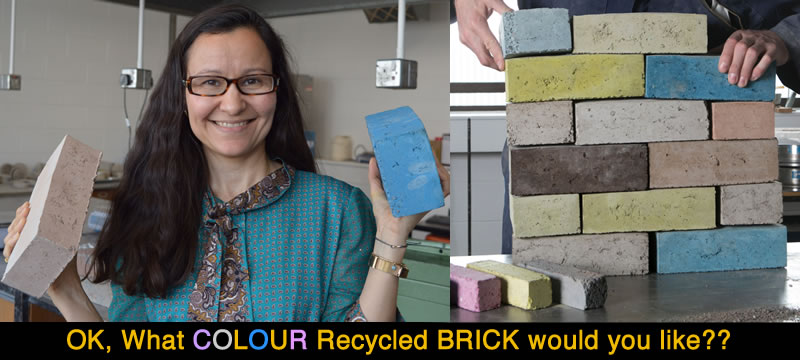
#ResponsibleDesign brick innovation
Scottish StartUp Kenoteq launches a brick made up of 90% Recycled materials, less than a 1/10th of the carbon emissions to make, is just as durable, same weight and can be made in any colour. Full story for your wish list… https://www.dezeen.com/2020/03/02/kenoteq-k-briq-brick-construction-waste/
The first 16 winners of C40’s Reinventing Cities competition!
These innovative and replicable climate solutions will serve as examples for other cities to reimagine urban development and to drastically reduce the carbon footprint of new and existing buildings, which today account for more than 50 percent of emissions in C40 cities.
The 16 winning teams of architects, urban planners, designers, developers, entrepreneurs and innovators were selected by juries in each city, from amongst 82 finalist teams. The winners will transform sites in Chicago, Madrid, Milan, Oslo, Paris, and Reykjavik into innovative urban spaces that actively contribute to community health and well-being. www.c40reinventingcities.org
FRSA RIBA Director of BBM Sustainable Design & Senior Lecturer at The School of Architecture & Design University of Brighton. Duncan Baker-Brown‘s research tests the viability of a number of practices and materials, recognising the potential of discarded “waste” as a valuable resource in the future of construction, as well as live projects as valuable teaching aides. Through his projects he fosters community development and regeneration, working with apprentice builders and students, informing young people of all ages as to their role in sustainable living. Duncan creates examples of community practice that, through the use of innovative techniques such as ‘resource mapping’ can redefine what local materials are and match them with local skills and trades. article & podcast.
Green buildings can make a difference, but only if we start asking the right questions. If we can start to see the whole story of how our buildings impact the climate then we can start to make strides toward real ‘net-positive’ change. The technology isn’t new, the strategies aren’t rocket science – the hard step is shifting our thinking about what it means to build ‘green’.

